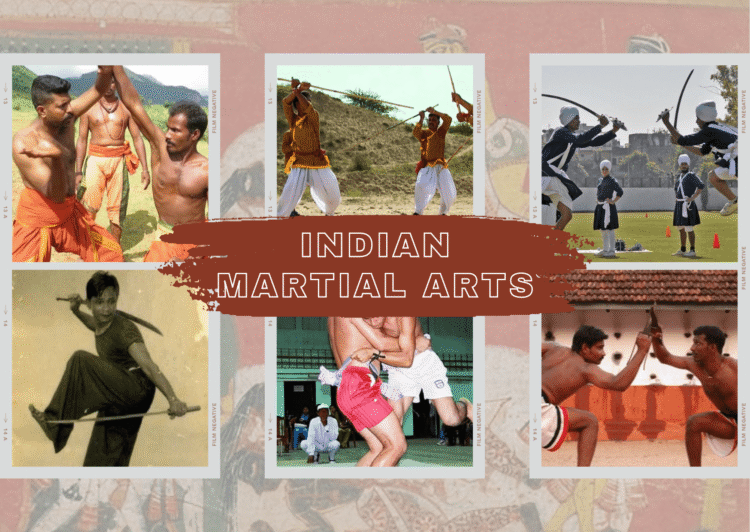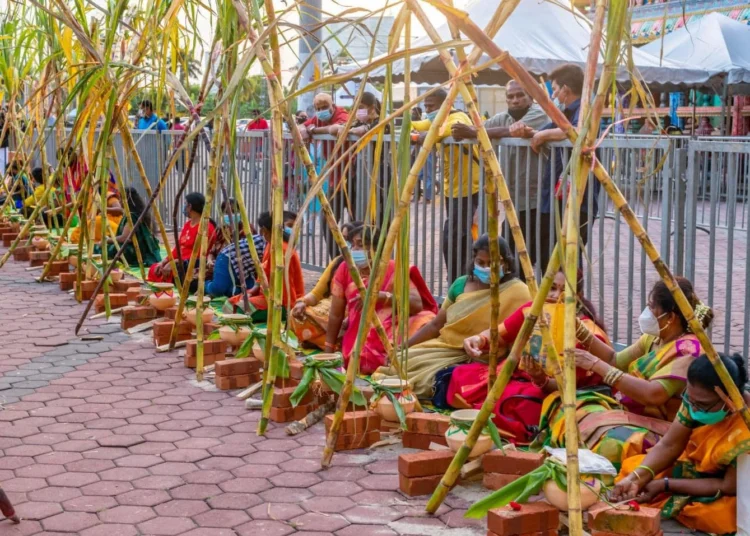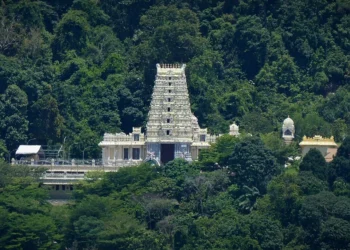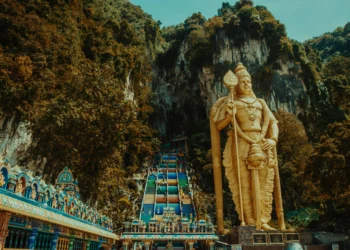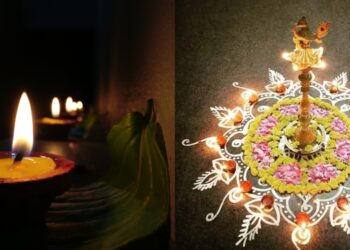In our previous article, we mentioned that there are 12 varieties of forms & techniques of Indian martial arts. In Part 1, the writer has featured six types of Indian martial arts and today we will be embedding back to our Indian roots by revealing another six precious ancient martial arts.
This is the list of Indian martial arts that have persisted through the years in waning light:
Varmam
This is another great ancient Martial art which is now scarce notice. The art of Varmam involves self-defence, medicine, pressure point attacks, and special weapons exclusive to Varmam alone. This art was again founded by Sage Agastya and it was made popular by the Pandya Dynasty. Varmam is the base for the famous Acupuncture treatment.
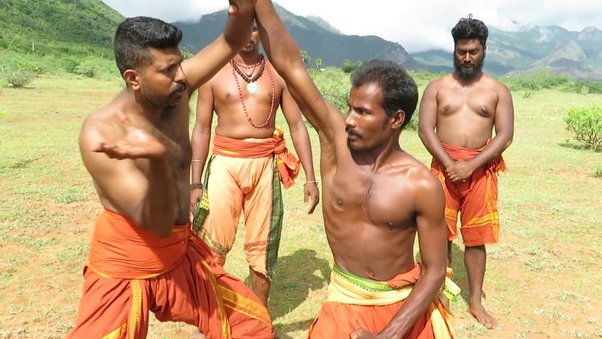
Lathi Khel
This martial art which is the same as Silambam is limited to the freestyle staff fight alone. The Bamboo staff is called Lathi and it involves a series of attack and defence moves. This art is practised by many in northern India and is well-kept in trend by the Indian forces.

Banshay
Banshay is a weapon-based martial art from Myanmar focusing primarily on the sword, staff, and spear. You might think Myanmar is not India. Right? Absolutely. But this region in ancient times belonged to many Indian Kings. Influenced by Indian sources, Banshay is closely related to similar Southeast Asian Martial arts like Silat.

Mukna
Mukna is a form of wrestling from the northeast Indian state of Manipur. The game is generally played on the last day of the Lai Haraoba festival. Matches begin with the competitors holding each other’s belts called ningri. The object is to pin the opponent with their back touching the ground. The winner is called a yatra. Mukna contains many techniques which require absolute physical fitness and skill to be mastered. Holding the opponent’s neck, hair, ear or legs with the hands is not permitted.
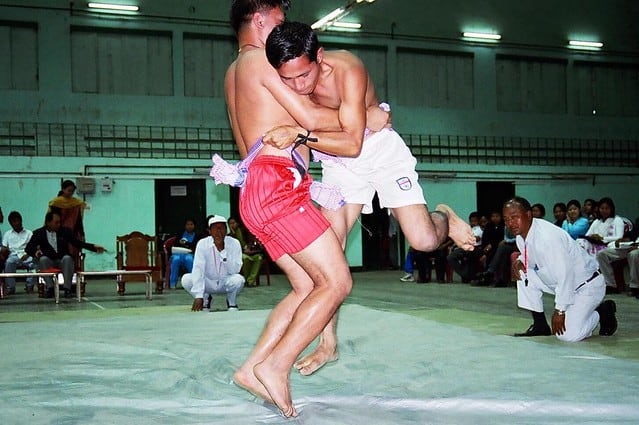
Gatka
Gatka is the name of an Indian martial art associated with the Sikhs of Punjab. The Nihang warriors are living this legendary lifestyle to date and it is a style of stick-fighting, with wooden sticks intended to simulate swords. The tenth Guru, Sri Guru Gobind Singh Ji was known as the greatest master of weaponry of his time. The Sikhs successfully used this weaponry art in the 16th — 17th centuries for their protection against Mogul aggressions.
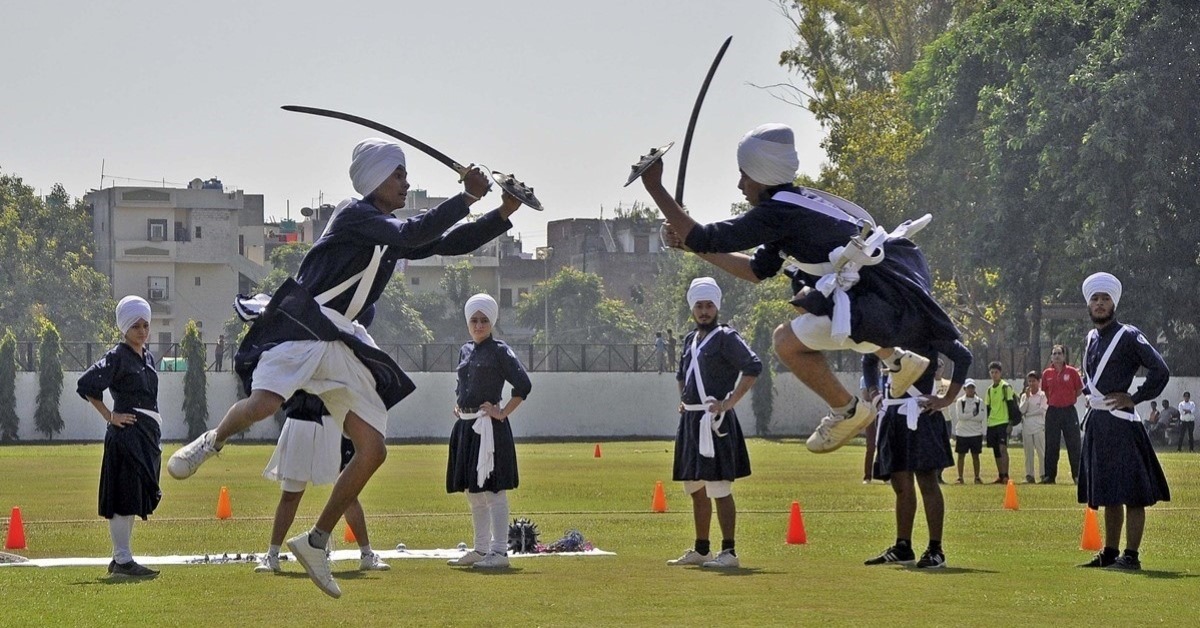
Kalari
This ancient Martial art is said to have been founded by Bhargava Parashurama, the sixth Vishnu. This art belongs to the Konkan coast region and there are two major schools of Kalari; Vadakkan, and Thekkan (North and South). Southern Kalari lessons have many similarities with North Tamilnadu Silambam styles.
It’s our responsibility to treasure all the martial arts that have been taught by our ancestors. Let’s start embracing our culture and pass down this ancient Indian martial arts to the coming generations.
Source: [1]
Follow us on Instagram, Facebook or Telegram for more updates and breaking news.


